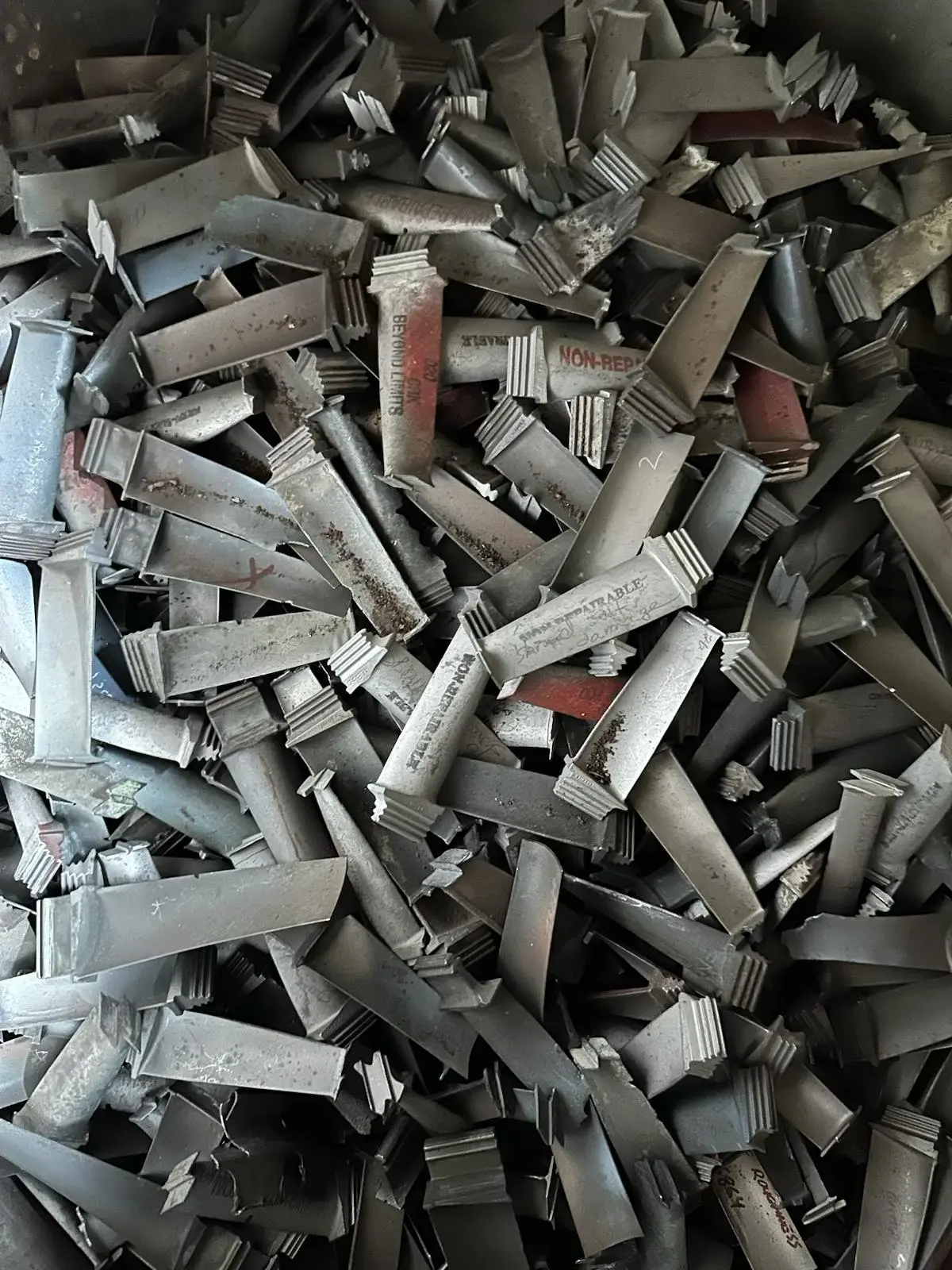

Titanium is the ninth most abundant element in Earth’s crust, with an average TiO2 abundance of 0.7 weight percent (Rudnick and Fountain, 1995). Titanium can be found in nearly all rocks and sediments, often at contents greater than 1 weight percent, and thus, unlike many other elements of economic interest, it is considered to be a major element rather than a trace element. Titanium is a transition element with atomic number 22 and an atomic mass of 47.867 atomic mass units. Titanium’s chemistry has similarities to the chemistries of silicon and zirconium. The main oxidation state is Ti4+, although Ti2+ and Ti3+ are known to exist. Titanium is a lithophile element with a strong affinity for oxygen, and it typically forms oxide minerals. It is not found as a pure metal in nature, and processing is required to produce a low-density, high-strength metal. Titanium metal has excellent corrosion resistance, and it is as strong as steel but 45 percent lighter.
Ilmenite (FeTiO₃) is the most significant titanium mineral, accounting for about 90% of titanium production. These deposits are predominantly found in sedimentary environments, often forming in heavy-mineral sands along coastlines and river deltas.
Ilmenite forms through the weathering of igneous rocks, particularly in regions with high levels of mafic and ultramafic minerals. Over time, the lighter minerals are washed away, leaving behind concentrated heavy minerals like ilmenite.Major producers of ilmenite include Australia, China, and India. In 2012, global production reached approximately 6.2 million metric tons, with estimated reserves of 650 million metric tons. Australia alone accounted for about 15% of the world’s production, showcasing its geological advantages.
The United States has significant ilmenite resources located primarily along the Atlantic and Gulf Coastal Plains. Heavy-mineral sands in states like Florida and Virginia contain substantial ilmenite deposits. However, domestic production is limited due to challenges such as low-grade ores, environmental regulations, and competition from international markets.
Rutile (TiO₂) is another essential titanium source, known for its high titanium content and applications in pigment manufacturing and metal production.Rutile typically occurs in metamorphic rocks, particularly in high-grade eclogites. It can also be found alongside ilmenite in heavy-mineral sands, where both minerals are derived from similar geological processes.
In 2012, global rutile production was approximately 830,000 metric tons, with reserves estimated at 42 million metric tons. Key producers include Australia and South Africa, which possess rich deposits in their respective geological formations.The U.S. is believed to have untapped rutile resources, particularly in regions with metamorphic rocks. However, these deposits remain largely unexplored and underutilized due to economic constraints and extraction difficulties.
Perovskite (CaTiO₃) is less common but has emerged as a potential source of titanium, especially in specific geological settings.Found in igneous rocks, perovskite deposits often form in layered mafic intrusions. These deposits can contain significant amounts of titanium, but their extraction is less established compared to ilmenite and rutile.
The U.S. has perovskite resources, particularly in Colorado, estimated at around 20,000 metric tons. Ongoing exploration seeks to assess their economic viability and potential applications.
The economic feasibility of extracting titanium from these deposits is influenced by multiple factors:
Advancements in exploration methods have improved the ability to locate and assess titanium deposits:
The exploration and extraction of titanium must also prioritize environmental sustainability. Potential impacts on ecosystems, local communities, and biodiversity are critical considerations in developing new projects. Effective management practices, including minimizing land disturbance and waste, are essential for balancing resource extraction with ecological preservation.
As global demand for titanium rises, titanium recycling becomes essential for sustainable resource management, mitigating environmental impacts and reducing reliance on primary materials. Advances in metallurgy now enable effective reclamation of titanium from scrap, offering comparable properties to virgin titanium for high-performance applications. By incorporating recycling into the supply chain, the titanium industry can extend the life of existing deposits, foster a circular economy, and enhance its sustainability profile. Embracing recycling will address current resource constraints while promoting a more resilient and environmentally friendly titanium economy for the future.